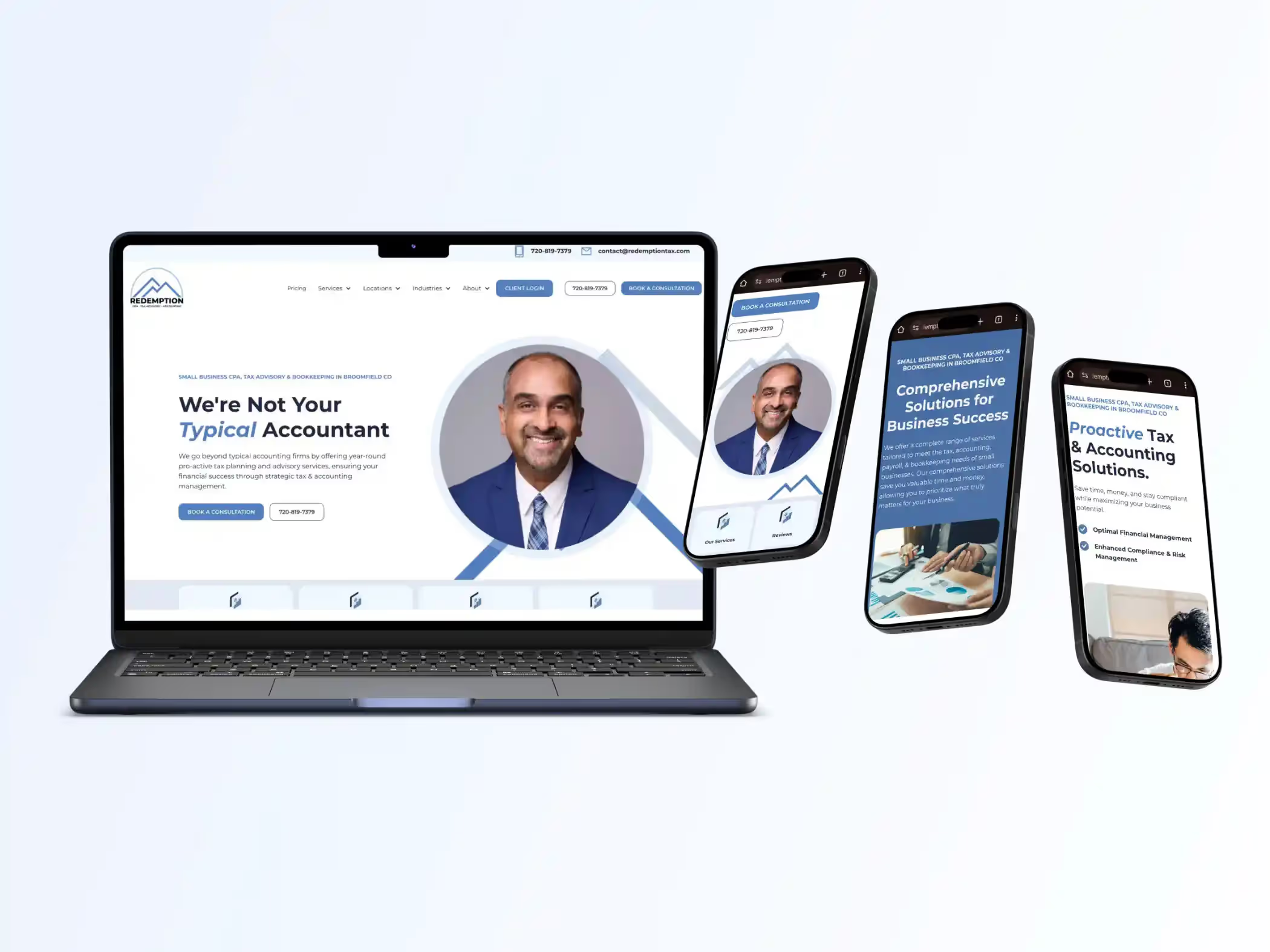Conversion Rate Optmization - 3 Stages of a Healthy Relationship & Customer Journey
Here's the 3 Stages of a Customer Journey. Prospects move through stages of intimacy before they eventually trust you and become a customer. Use these 3 stages to frame up your marketing & SEO efforts.

How Can you Increase your Conversions & Sales on your Website
How can you convert traffic to sales on your website?
It's pointless to get lots of traffic, improve your SEO and spend money on advertising, if your website doesn't actually convert.
This article is going to teach you how to craft messaging in order to move people from visitors, to customers.
So while there's a number of technical things you'll want to do in order to help increase your conversion rate, the #1 thing is to work on the messaging and the steps people should be moved through in order to go from stranger to a bought-in customer.
Don't feel like reading? Watch the Video:
Real Conversion Rate Optimization Starts with Messaging that Moves People from Skeptic to Trust
Before we get to the stuff listed above, you gotta work on unlocking the minds and hearts of people, and that starts with WORDS.
Donald Miller wrote in his book "Marketing Made Simple" that words can pick the lock of people's mind, and I love that idea.

Real Conversion Optimization is about unlocking the Minds and Hearts of the People on Your Website
You want sales, and you'll need to move people through the stages of total ignorance, all the way to trusting you and believing that you're the solution that's most "worth it".
It's really about moving people, and that movement is actually relational in its nature. You want people to trust you and choose you, and I think that the first step in conversion optimization is about identifying messaging and clarifying the stages people are going to move through.
If you think of these 3 stages of the customer journey or the relational steps, you'll be able to move people from prospect to customer.
Moving People is Just Like a Relationship
Moving a person from being a stranger to becoming a customer and hopefully a fan of your organization, is a relational proposition.
Two major mistakes that most companies make is that they don't ask for the sale, or they ask for the sale too soon.
Just like meeting, dating, and eventually marrying someone, there's a healthy pace for these relationships.
Healthy Pacing Matters Greatly in this Relationship.
You can't move too fast, or too slow, or you'll be a cringey weirdo that sets of all the psychological alarms that healthy people have.
Healthy people don't move too fast into any relationship, they calmly let things mature over time.
The sales funnel is what we use to move people through the stages, and you can learn more about it here.

The 3 Steps of a Relationship
I won't waste your time with a long, drawn out explanation here, but in many ways a marketing and sales relationship isn't that much different than a relationship that would flourish into marriage.
Move the relationship through these 3 Stages.

Stage 1: Curiosity - the Snap Judgement & the Hook.
Snap judgements allow us to move about our day, as we intake thousands of marketing messages such as TV ads, website banners, roadside billboards, print media in a bathroom, or even radio ads.
We face thousands of marketing messages, and we've built a pretty sophisticated filter.

Define Differentiators: Problems & How You Solve them:
The "One-Liner" statement described below is the most practical way to pique the curiosity of people, but before you do that, you need to spend a significant amount of time crafting concise and precise statements of the most important problems that people actually face.
Many business owners neglect the amount of time and effort they put into defining what's truly valuable for their customers and what gets in the way of them receiving that.
Computers are simple and more transactional, now dive deep into a professional service, home service, or construction business.
- What's the impact of under-spending?
- What causes an experience to go wrong?
- What kind of consequences are there down the road?
- What does a bad, good, better and best company tend to operate in your sector?
- What should people look out for?
- What causes regrets or problems?
You need to spend lots of effort and time to clearly define 1-5 core problems or differentiators, and choose the primary, all encompassing one for your value proposition.
We want to pique curiosity with a hook in order to get past that filter.
We filter out the nonsense, and you hold onto what's important.
People are never curious about you, they're curious about how you might make their life better.
How We Pique People's Curiosity:
It's all about the hook.
The hook is about them and their problem, not about you.
Your messaging shouldn't be about you, because they don't care at all. The hook needs to be about a real problem you solve or way you can make their life better by doing business with you.
Clear concise headers and descriptions should, at one glance, connect your product or service to an important solution for an important problem.
Is there something to gain from getting to know you?
Can you solve a problem, or help them thrive or survive?
Clear and concise opening headers and short messages are how you pique people's curiosity easily.
The "One-Liner" Sentence is Best to Pique Curiosity.
One Liner = a Concise Statement to Clearly Explain what You Offer
A one liner is a concise statement that clearly explains what you offer.
The one liner is clear, not complete.
This is a short and concise statement to pique curiosity so they will want to know more about how you can make their life better, it's not a long statement nor is it about you.
It's about how you enhance their life or solve a problem.
The Caveman Grunt Test
The goal of the one liner is that if someone reads this clear and concise statement, a caveman (lower IQ individual) would be able to easily grunt the core tenants of:
Who, What, Impact & Next Step
Who you are, what you do, how it impacts them, and what they need to do, to do business with you.
"I call Feedbackwrench so they make a website to make more sales"
"Order easiest computer to use from apple."
There are 3 Statement Pieces of a One-Liner:
- The Problem Statement
- Solution Statement
- Result Statement
A- The Problem Statement
What's the pain point you help your customer resolve?
Here you're going to identify your customer and the MAJOR problem you help them eliminate.
You should work to identify the core problem your target customer is experiencing, and whittle it down to a clear sentence.
Always state the problem first because it's the hook. Starting with the problem also connects you as the solution to this problem, which adds perceived value to your company.
A - Clear and concise, and state an actual problem.
B - It’s the hook to get them curious, don’t talk about every problem - pick one strong one.
C - Only bring up a problem you realistically solve.
D - Differentiate between you and the competition if your industry is crowded
EXAMPLES:
"When people remodel they often have surprises and regrets because their contractor lacks a rigorous design & planning method"
"Business owners lose out on market share & easy sales because of sideways energy in their marketing"
"Contractors waste time, money & labor waiting for parts & service when machinery goes down."
"Shame from your messy house keeps you from having friends & family over"
"Don't waste your nights and weekends cleaning your house"
"Dumb & disorganized customer data leads to wasted employee time & missed opportunities"
B - The Solution Statement
What's your unique solution to that pain point?
Now, take this pain away and show what your solution is. When you do this, make sure to differentiate yourself.
The first statement opens the loop, building subtle anticipation; this is the reveal.
Do not fail to connect yourself as the solution.
Avoid being too wordy, brevity is king.
Wordiness opens too many loops.
Cute and clever language is almost always the enemy of clarity. Clarity sells, while cute and clever confuses.
The product itself might be the solution.
Things to Consider:
Keep it simple, avoiding insider language.
Use your name in the solution to associate yourself as the solution.
To be cohesive, you must close the loop to the problem you just stated.
Don't try to explain everything, keep it short, clear and descriptive of what service you offer.
EXAMPLES:
"New Spaces methodical design-build process"
"Ziegler's superior service fleet & near perfect part's availability eliminates downtime & improves efficiency"
"Feedbackwrench websites & advertising synergy will dominate your market share & fill your sales funnel"
"Tidy Touch Maid Service means you come home to a clean home you can be proud of"
"Tidy touch house cleaning makes you feel good about your home after a busy day or week"
"Hubspot's CRM will keep your employees productive & help you capitalize on opportunities"
C - The Reward or Results Statement
What does your customer's life look like after their pain is resolved?
"Which results in..."
You want to describe the transformation, or the life-change that occurs.
This is the climactic scene or the obligatory event that resolves all the conflict.
You'll be releasing all the built up tension.
“Which results in…” to get to the end result your customer will experience. This should be something you can see or feel.
Things to Consider:
Stay cohesive by ensuring the success is directly related to the problem stated earlier, showing them how their life will be better.
Success should be about your customer, not your company. What will their life be like after doing business with you.
Don’t dilute with commas; avoid listing out too many successes they’ll experience.
Don’t overpromise, be realistic and make it something you can actually deliver.
Exercise:
Clearly explain how your customers will feel and what they get after you solve their problem.
What will life be like after doing business with you?
Example: “When you clarify your message, word starts to spread about your company and your business grows.”
First Impressions with Headers & Ads
Clarity trumps everything.
First impressions happen in the blink of an eye, so you must be clear.
Headers and even the titles in your search ads need to be clear, large and simple to understand at a glance.
In 5 seconds, the reader should be able to identify what you're about.
Clever statements or trying to be "complete" is unhelpful, you need to do the hard work to whittle the header and titles down to the one core problem and the name of the service.
Your one-liner, along with a clear header, will help accomplish this.

Stage 2: Enlightenment - Build Trust
After you pique their interest about how you make this life better, they'll be wondering "but how".
Enlightenment is where you start earning some credibility by showing how your products work to solve their problems, not how how the product or service technically works.
What tools do we have that will help them in their day-to-day?
After you've grabbed their attention, you want to start unboxing how you work to accomplish this transformation. It's important you don't start explaining how your product or service works; you need to talk about how it works to accomplish the result, and specifically to their problem.
Customers won’t move into a fog. Being confused is a sad state, and the brain has fear and resistance if it doesn’t understand something.
People move towards clarity & understanding.
The response to confusion is ALWAYS no.
Enlighten them to how you solve their problems, to help them thrive or survive.
Not how it works, but how you work to make life better.
Don’t talk about how your product or service works, talk about how it works to help their story thrive or survive.
Curiosity get’s attention. Enlightenment starts to build trust.
How does it work to solve their problem?
What Accomplishes Enlightenment?
Longer form content, copywriting, videos, PDF downloads, and even meetings can help move people through the enlightenment stage.
We will dive into the wireframe sections your website should include in another post, but this is where you'll want to start unboxing things a little bit more. A series of emails, downloads, or other content is what will get you through this stage.

Stage 3: Commitment - Don't Move Too Fast!
Intimacy and trust take time, build it naturally and safe.
When it comes to the commitment stage, we need to talk about the tension between moving too fast, and not moving the sale forward.
There are 2 main reasons people do not place an order:
1 - never ask for the sale
2 - ask for the sale too early
It's really helpful to think in terms of a healthy marriage relationships. You shouldn't move too fast, but you can't sit on your hands and never make the move to formalize the relationship.
In sales, if you push to sign someone up too soon, you'll burn up the equity you've built and you'll probably have to start over, or you'll lose the sale for some time.
On the other hand, you need to constantly provide the opportunity to sign up and actually ask for the order throughout the process as the customer's trust level is gauged.
Salespeople have a fear of rejection, which makes us drag our feet and not ask for the sale, but that's really unhelpful.
We have fear of rejection and we don’t want to be seen as pushy...BUT: you must make your intentions known, or you’ll miss the “girl”.
Too Pushy = Customers feel threatened
Too Slow = You can’t solve or don’t want to solve their problem.
They can reject your offer, but still ask to learn more. Like a natural, healthy relationship.
You must stay in touch for a good relationship and it takes about 8 touch points.
8 touch points will get people ready for a sale.
The more expensive you offer, the more they need to hear from you, emailing them with relevant campaign information.
We want to build a trusting relationship and ask them to buy our products or services, all through email.
Free Guides & Blog Categories
We invest heavily in helpful content that assists small businesses owners.
Book a Consultation & Grow Your Business
Book with Rob & the team to identify ways to make the web a fantastic sales & prospecting tool to sell your core services.





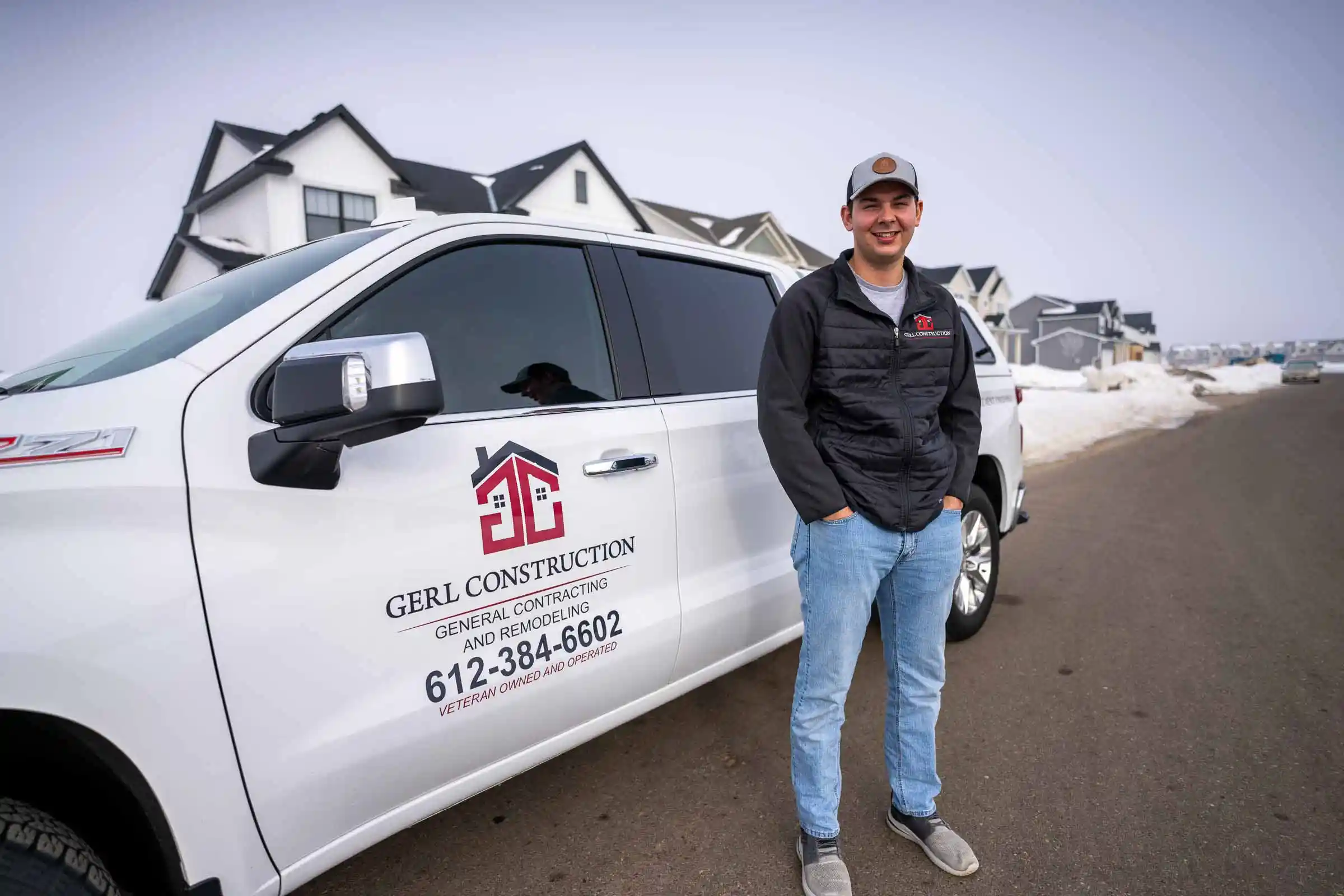

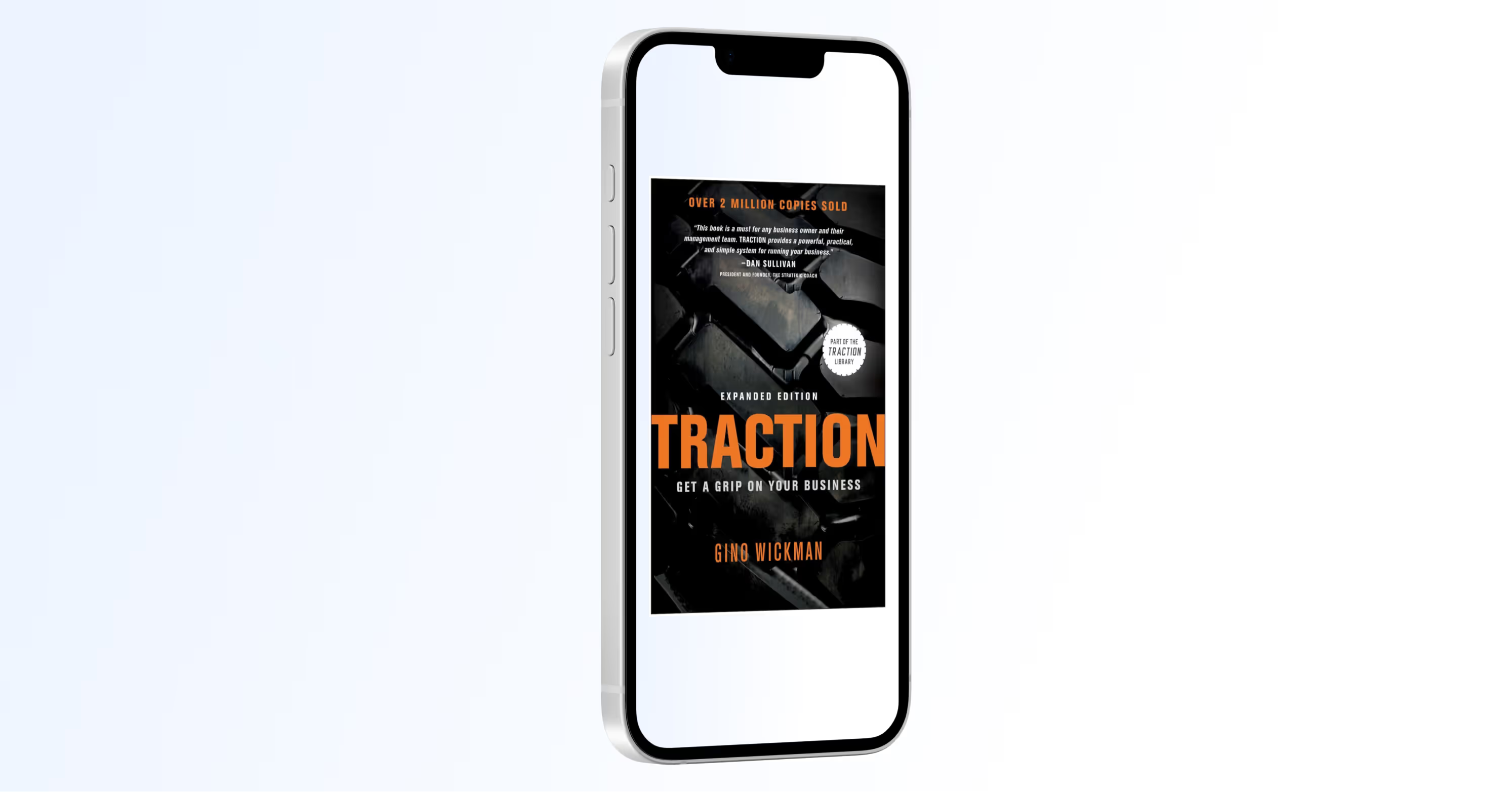

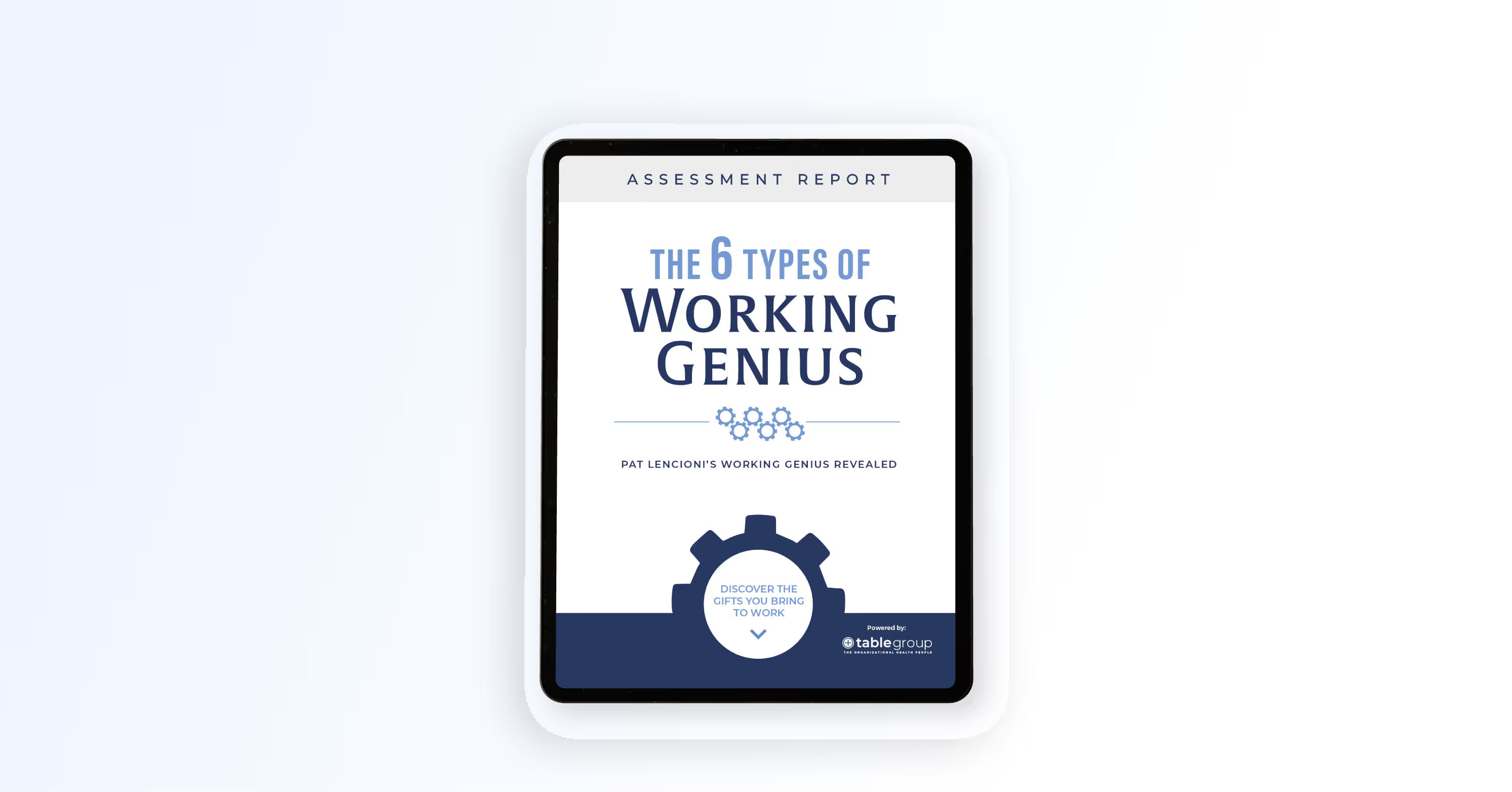
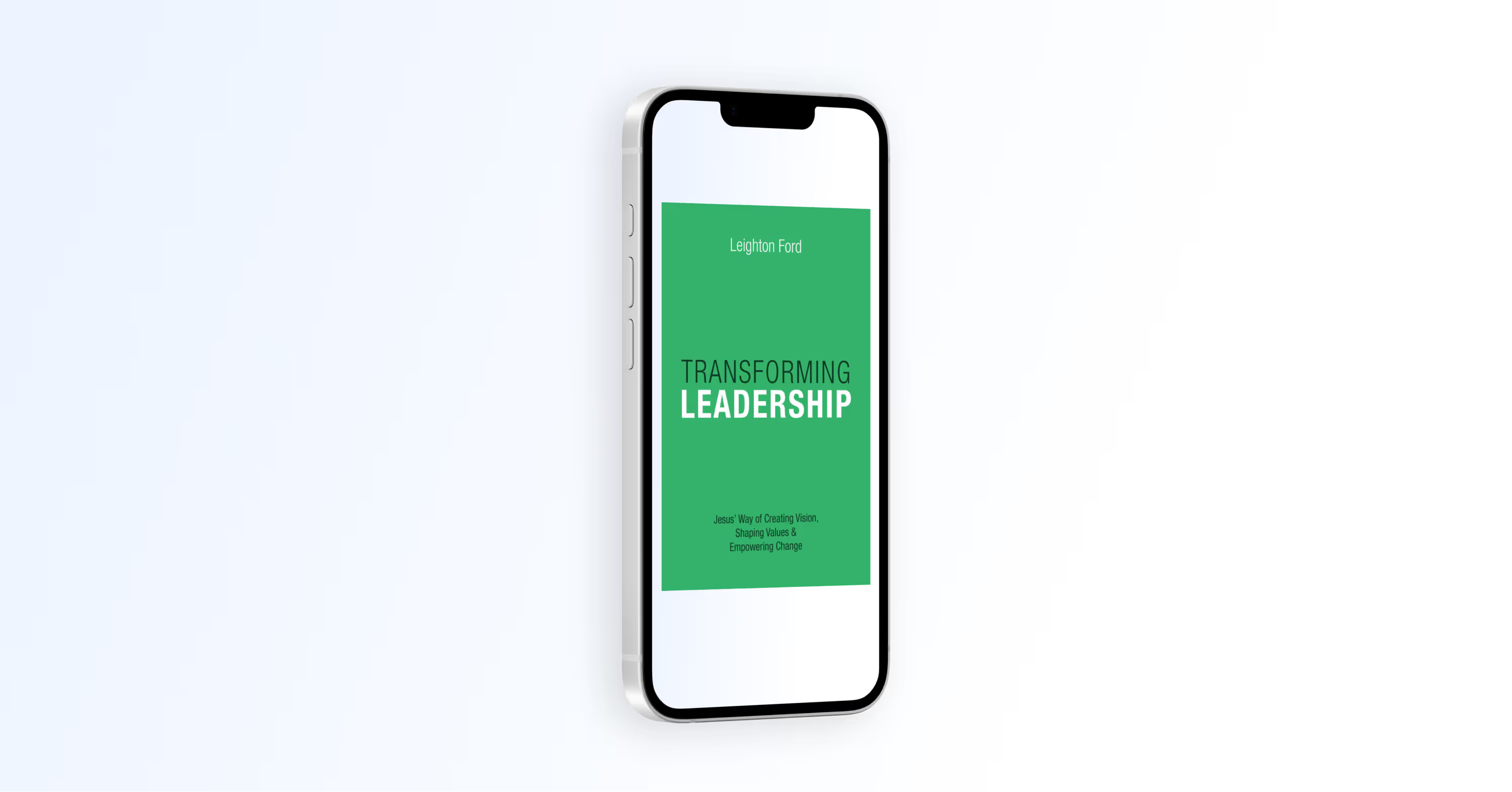

.avif)
.avif)
